Neapolitan Nativity shepherds are artistic products that come from a long tradition. Here is the handcrafted process by which they are made!
Contents [hide]
Why is the Neapolitan Nativity scene so fascinating? Every year millions of visitors want to immerse themselves in the perennial Christmas atmosphere of the Via dei Presepi (Via San Gregorio Armeno) in Naples to admire the creations of Neapolitan artists. Many factors contribute to the appeal of the Neapolitan Nativity scene: the traditional techniques handed down through the centuries, the authentic craftsmanship of the creations, and the deep meaning of the Nativity scene as a Christian symbol of Christmas and family.
The artisans who produce the Neapolitan Nativity statues-all called shepherds-are dedicated to preserving this treasure of Italian tradition. The workmanship of the statues and the production process have remained virtually unchanged throughout the centuries. Manual labor and experience are the protagonists of each stage of the workmanship.
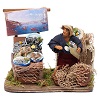
At Holyart you will find a wide variety of Neapolitan Nativity shepherds, from the traditional style to the Arab-Palestinian style and the famous and popular 700 style.
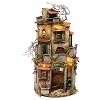
How to make a Neapolitan nativity shepherd
The Neapolitan Nativity shepherds you find on Holyart are made following certain steps that respect the nativity tradition of Naples. The materials used are mainly terracotta and cloth; for the larger statues only the head, arms and legs are made of terracotta while the body is made of tow. The creation process involves several steps: casting, finishing, drying and firing, painting, making the glass eyes and assembling (for the larger statues), dressing, adding objects and gifts. Let’s look at each step in detail.
Casting
First, the powdered clay is diluted with water and mixed in the mill to achieve the ideal density to avoid lumps or imperfections in the statues. It is then poured inside the plaster mold. The molds are durable but, due to wear and tear caused by use, are changed after about twenty pieces are made. The clay is left inside the mold for about 20 to 90 minutes, depending on the size of the shepherd. If the clay has been diluted to the right degree, the statue will come out of the mold smooth and more easily worked.
Trimming
Once taken out of the mold, the statue is allowed to rest for one day. The day after casting, it is finished by hand to remove any scraps and make the details more precise.
Drying and firing
The shepherd is then left to dry naturally until the clay becomes clear and ready for the next step of firing. The statues are fired in the kiln for another full day. Once out of the kiln, they are ready to pass into the hands of those who do the painting.
Painting
Each piece is hand-painted with color fields and details. Artisans use brushes to spread the color on the terracotta statues. Next comes aging, a secret process that makes the colors more expressive and gives characteristic hues. After that, the pieces are cleaned and polished.
Glass eyes
In the larger statues, the eyes are not painted but made of glass. They are made from small glass spheres cut into four parts and painted inside to recreate the effect of the black pupil on the colored iris; these are inserted into the orbital cavities of the pastor’s head. The eyelids and the surrounding facial area are reconstructed by hand. This workmanship is typical of 18th-century Neapolitan statues and requires skill and experience.
Assembly
Larger statues are assembled: head, arms, and legs are attached to the previously made body of tow and molded into the appropriate position for the character.
Dressing
During the dressing, the specific character of the made statue emerges. The clothes are made from fabrics treated with vinyl glue and water, modeled on the shepherds’ bodies by hand. Once the glue dries, which remains transparent, the clothes retain the position in which they were modeled. Each statue is dressed according to the character it is meant to represent. The cloth is shaped around the arms, legs, and shoulders, and the folds create the realistic effect typical of the Neapolitan Nativity scene.
Fabrics are sourced in different places and at different times, the availability of fabrics of a certain color or pattern changes: this is also why each statue is a unique and unrepeatable object.
For the 700-style statues, on the other hand, the clothes are sewn directly onto the body of the pastor.
Objects and gifts
Some shepherds are then complemented with gifts, that is, all the external attributes that characterize the character: faggots, animals, pitchers, bread baskets, and sacks made in miniature and applied by hand. Among the characters of the Neapolitan Nativity are traditionally recurring figures-such as Benino, the sleeping shepherd, or the various vendors-and more folkloric figures.
After this last step, the shepherd is complete and ready to inhabit the enthusiasts’ nativity scene.
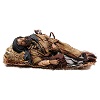

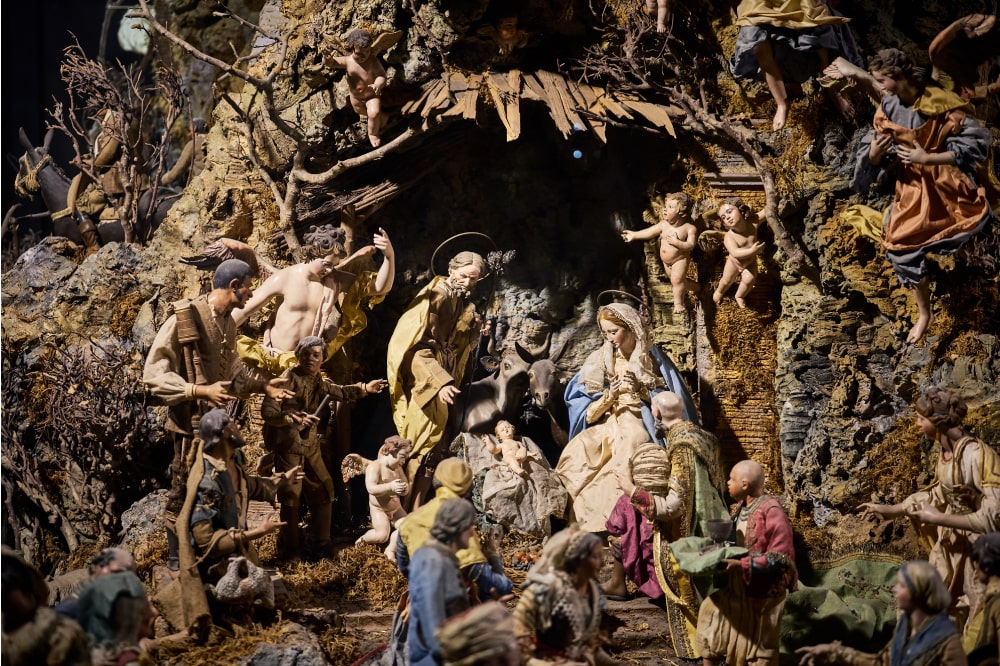
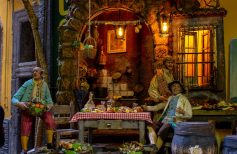
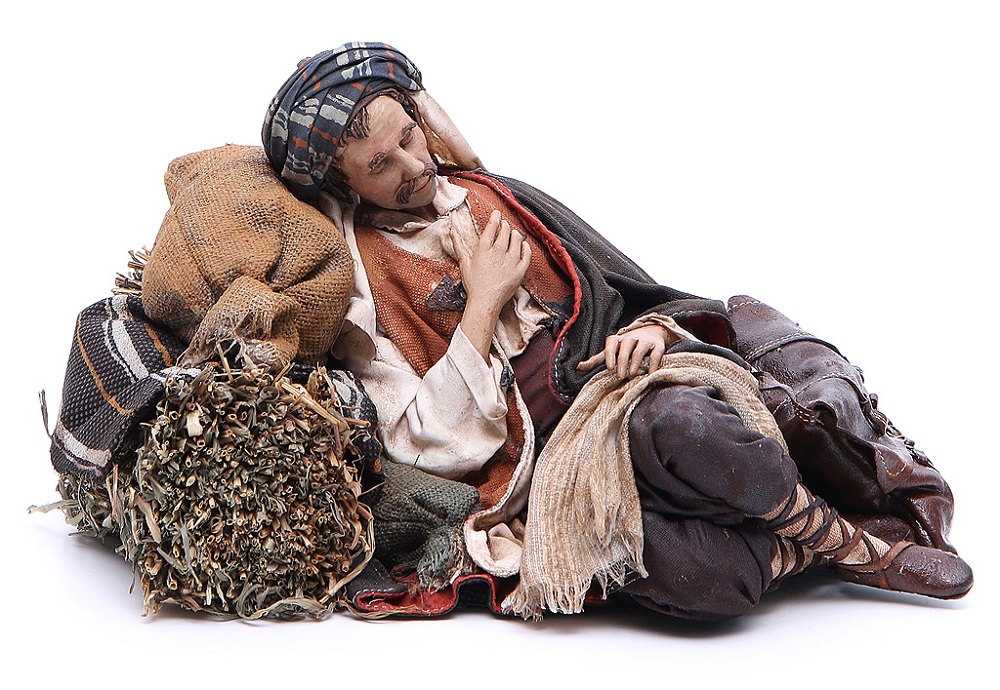

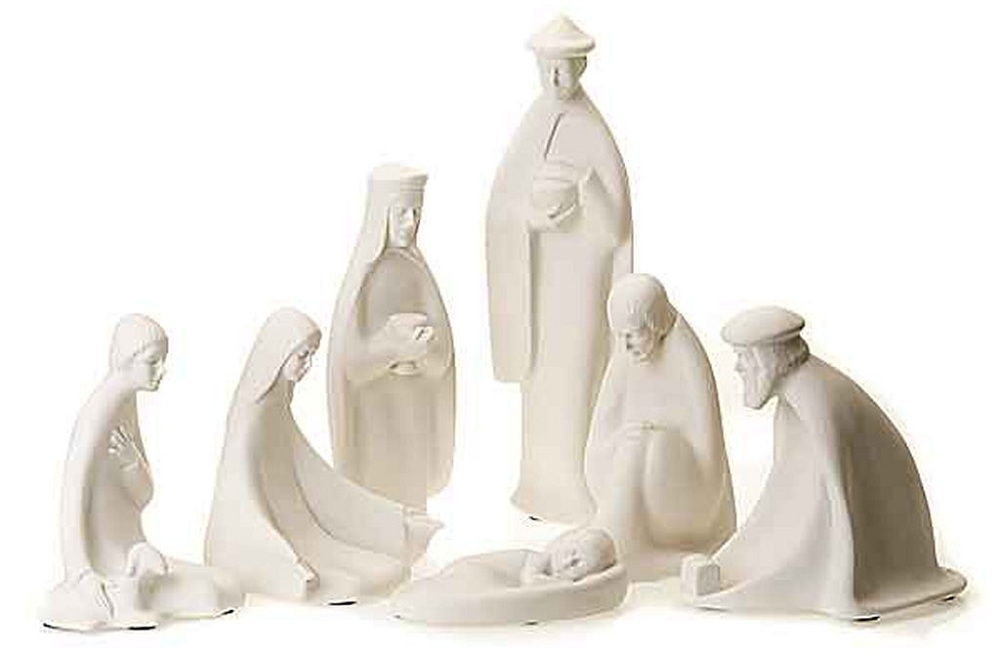
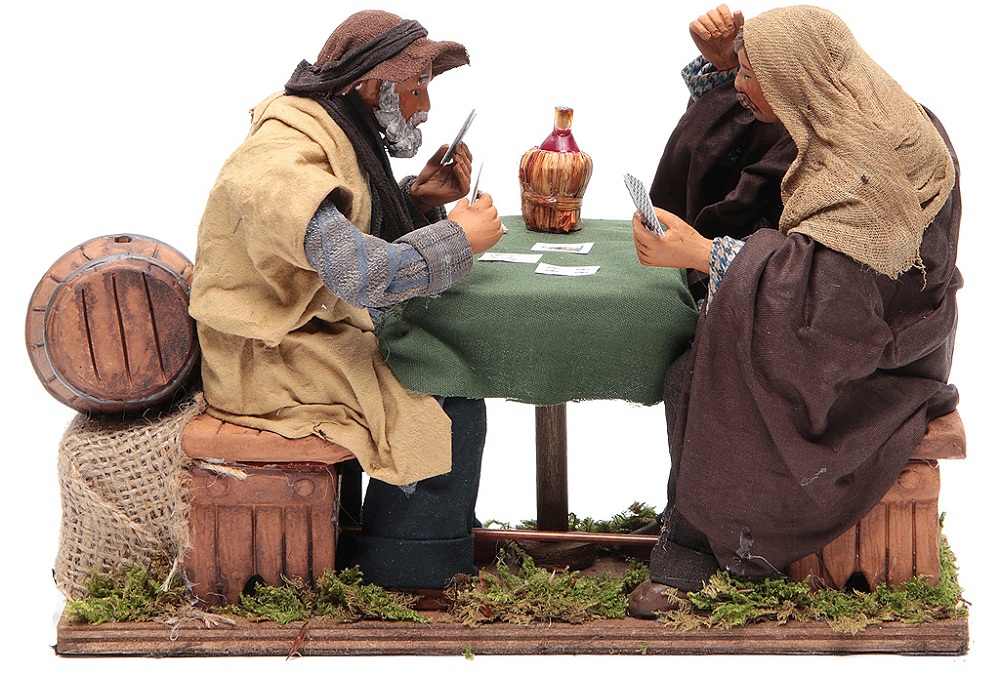
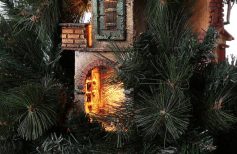
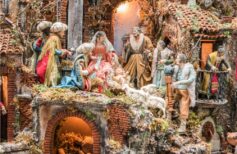

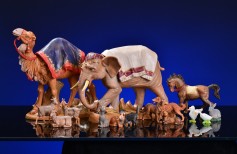








 19 March 2025
19 March 2025






